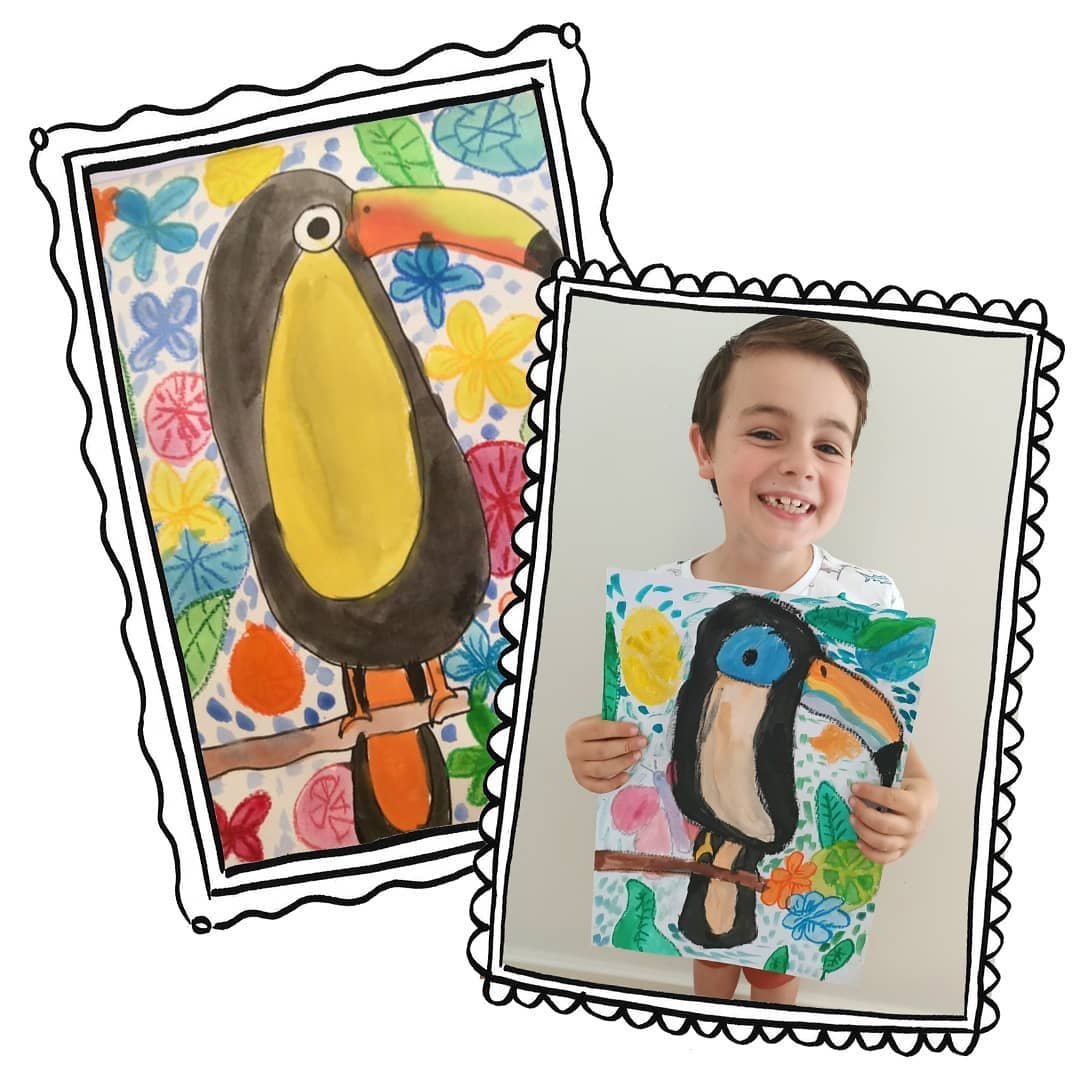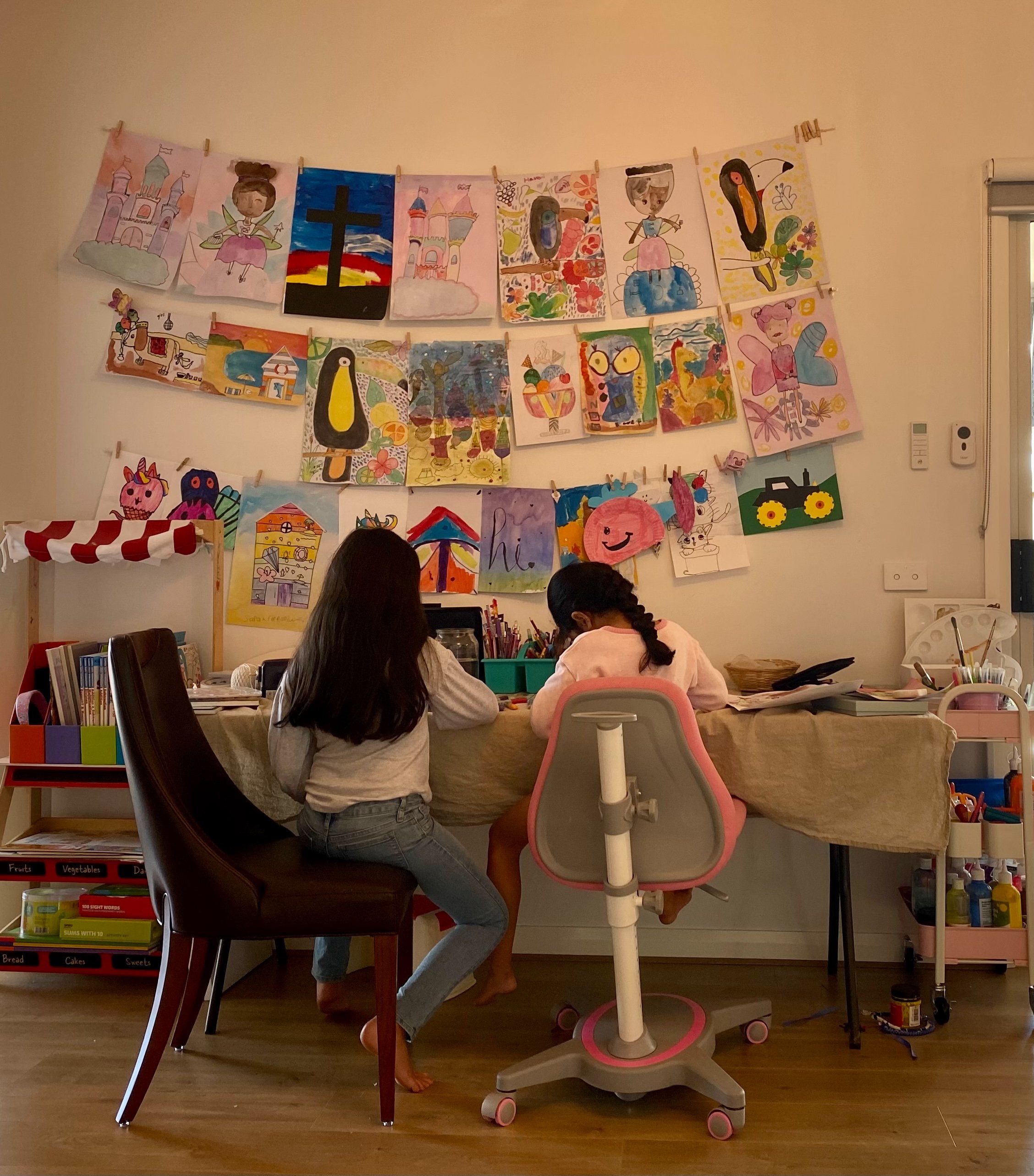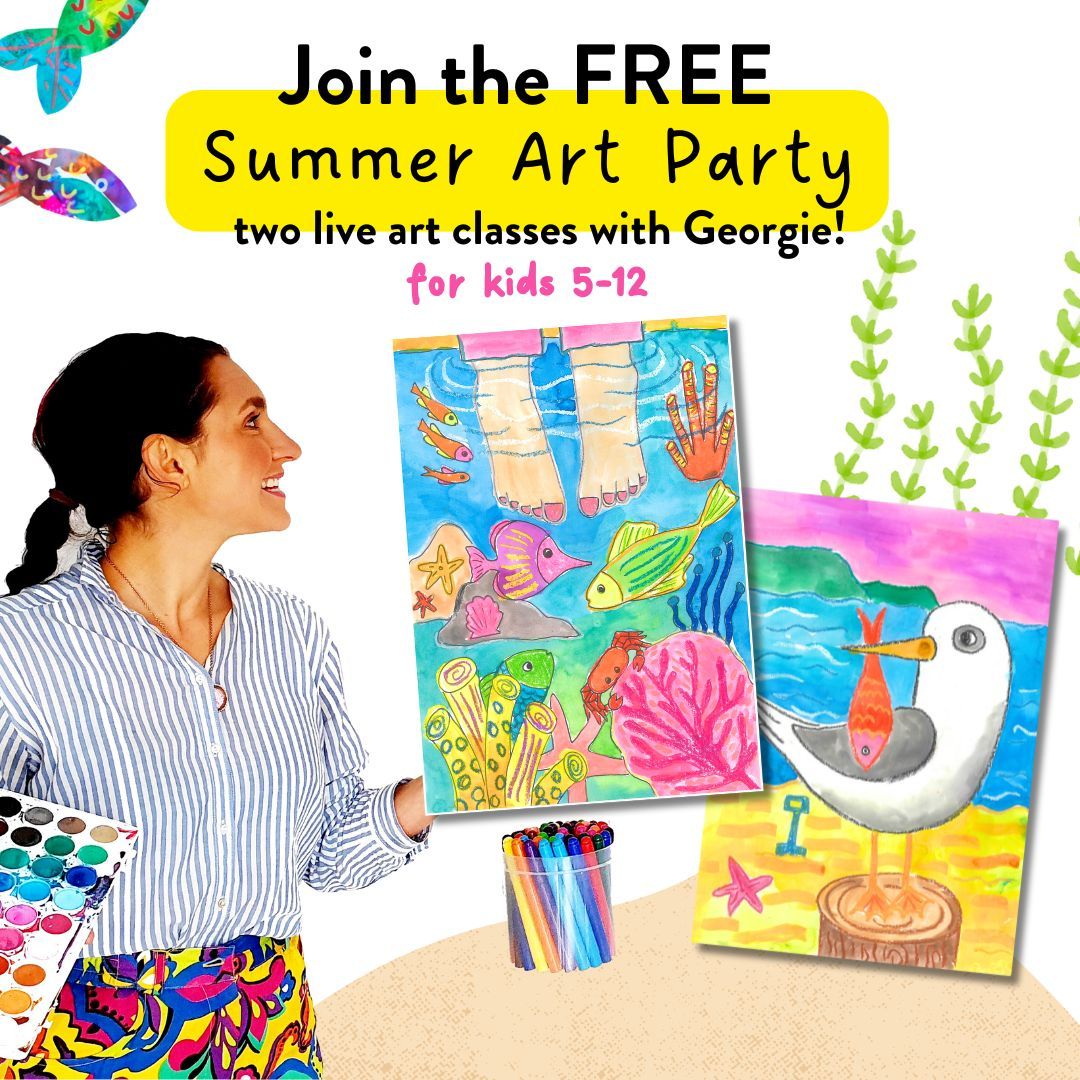
How to talk to kids about their art
Oct 22, 2022
As an Art teacher and Mum I truly believe the way we speak to our children about their art matters. I receive hundreds of art projects across my desk and am BIG on encouraging my student’s creativity every day. But sometimes it is hard to move beyond generic compliments like “good job!”, “that’s great!” or “I love it!”.
All the childhood developmental experts are telling us that filling our children with empty praises is not beneficial, and in fact it does more harm than good to a child’s self esteem.
So what should you say?
When talking to children about their art try using these five conversation starters below.
For my full list of TEN questions & conversation starters and easy printable pdf click the link below. I like to have this one handy in my classroom or fridge when the Little Artist comes running up with their artwork.
-
Tell me about your Artwork
Let your child talk about their artwork in their own words. Switching “what is it?” to “tell me about your artwork” allows children to use their own words to describe what they have created. They may have created a rainbow scribble, watercolour splash or a paper bracelet inspired by their feelings, their imagination or a just had fun experimenting with art supplies. Whatever the artistic result; the following conversation allows children to give voice to their creativity and will also help build vocabulary. Their responses are often so insightful and amazing!

2. How Does your Art Make you feel?
There is no doubt that art is inspired by and inspires feelings and emotions. Encouraging children to think about how they feel will give you a deeper insight to their thought process, motivations and their what they value. It also switches the need for solely relying on affirmation from others, and instead encourages self-confidence in their own artwork. When children can see the connection between art and emotion it becomes empowering and motivating to continue to explore their feelings through creativity.
3. What’s your favourite part?
Instead of telling your child what you think of their art; turn their intention inward. It is the most beautiful moment when a smiling child can hold up their creation and independently reveal what they’re most proud of. This simple question encourages children to not only depend on positive feedback from friends and parents, but to feel accomplished with their own efforts.
4. How did you create that?
There are often many steps involved in completing an artwork, and it is within this process where the big learning and breakthroughs happen! Talking about how something was created, rather than the finished product is often far more interesting. The ability to communicate the steps involved in the art making process is a skill artist all over the world use. This conversation encourages your child to reflect and think critically about their art process; inevitably helping them become better artists.

5. I notice … Tell me more about your choice to do that.
Kids seek positive affirmation just as much as the rest of us. It’s important to be specific in your praise and show your child you’re really looking at their artwork. I often catch myself before saying something generic; “that’s so cool!”, and instead direct my comment to a specific area of the artwork that I find interesting. “You’ve created so many patterns on those feathers! Tell me more about your choice to do that”. Pointing out something you find interesting, and you will receive an interesting response! This is conversation great way to encourage critical thinking and children feel affirmed in their creativity.

And lastly; creativity is not done once the artwork is complete. Putting your child’s artwork on display, in a frame, turning it into gift cards is incredibly encouraging to the Little Artist, filling them with ownership and pride. Talking to your child about their art is simply demonstrating how much you care about their creativity. It is an important conversation that has beautiful eye-opening results and will keep creativity alive in your home.



